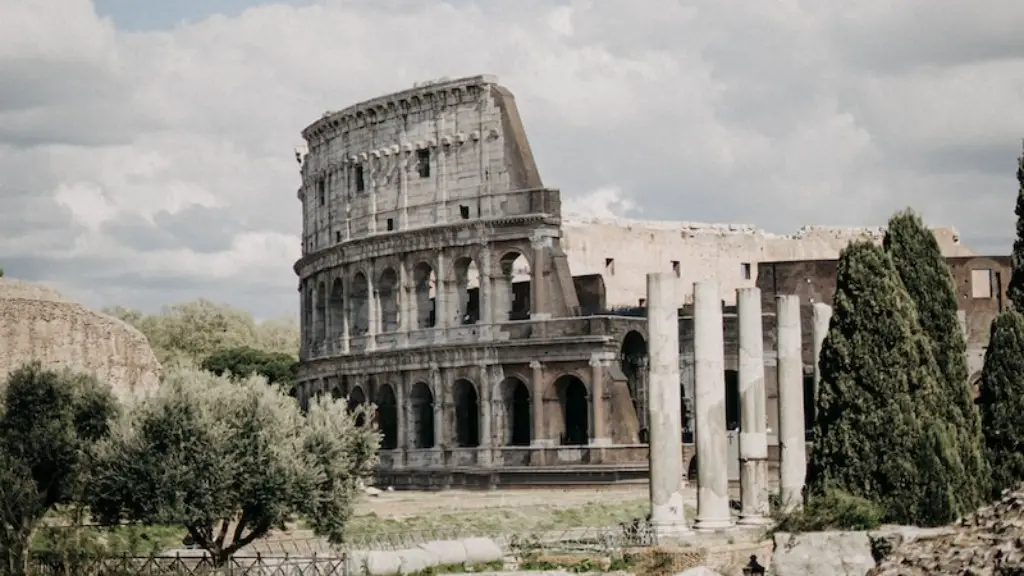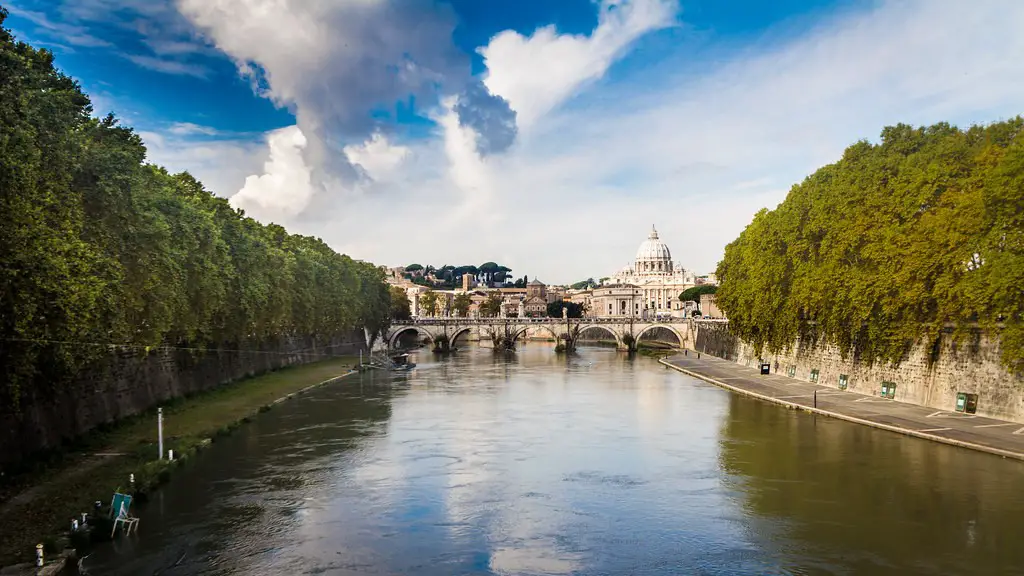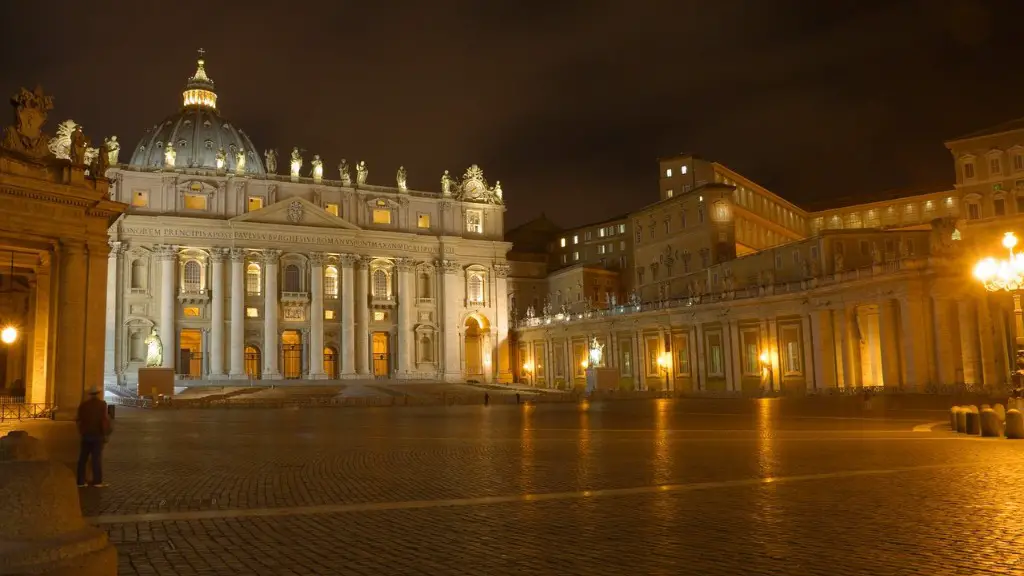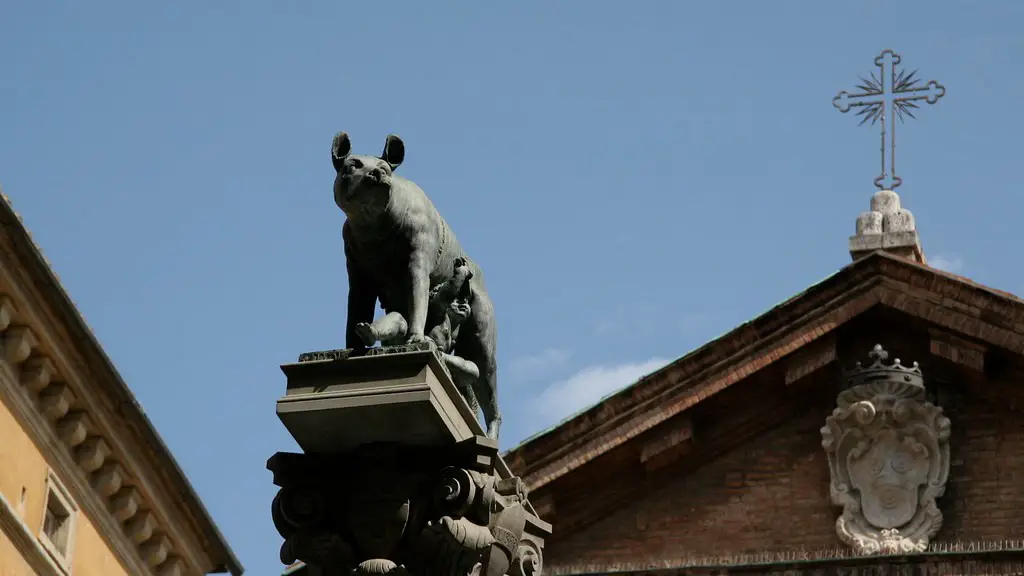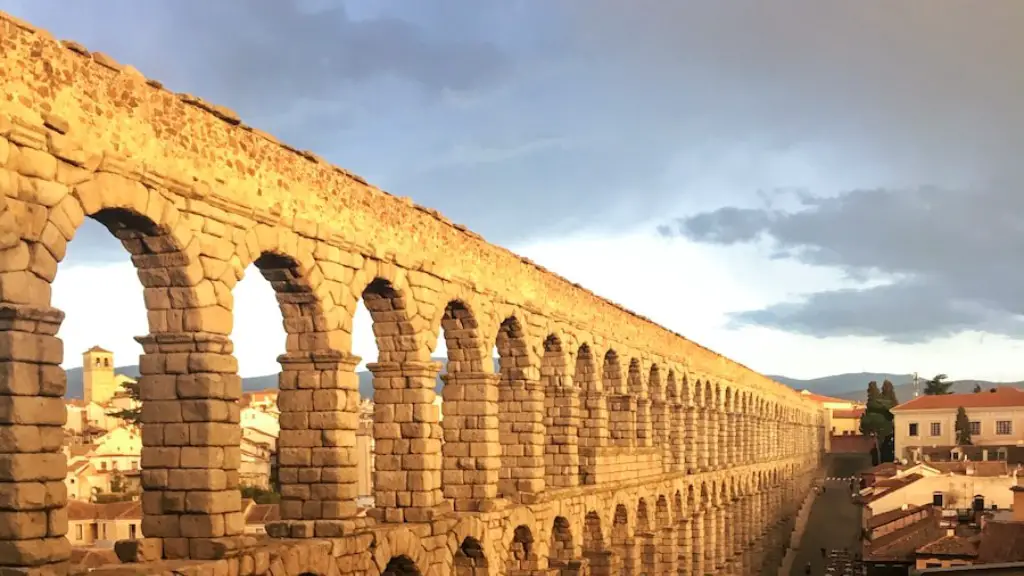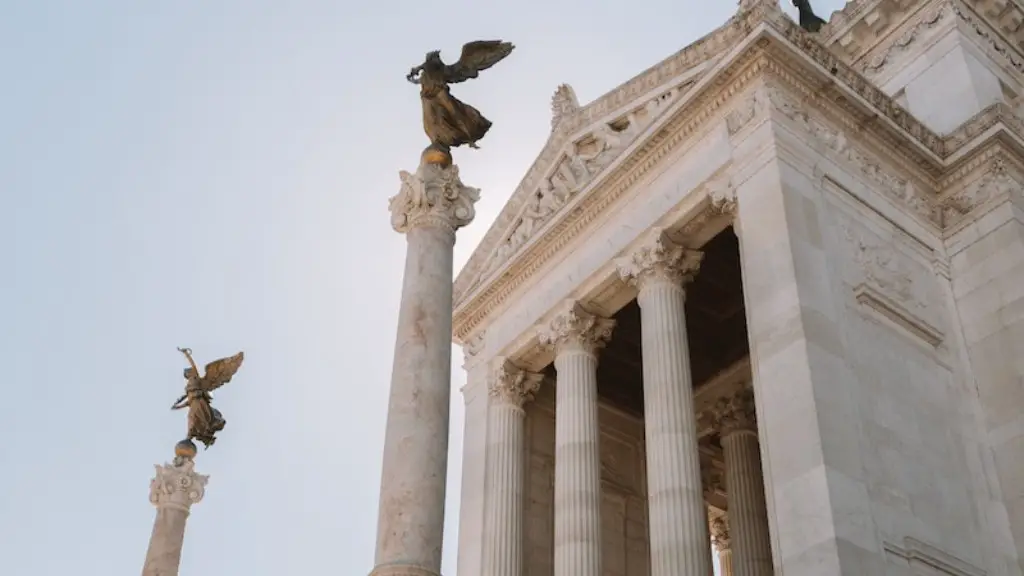The Ancient Romans left an indelible mark on the world and their influence can still be seen in many aspects of modern life. They were among the most powerful civilizations of their time and built an empire that stretched from Britain to the Middle East and included much of Europe and North Africa. But where did the Ancient Romans actually settle?
The evidence suggests that the Romans began their empire in the Italian peninsula where they later established their capital, Rome. Although they had some settlements in the area of modern-day France and Switzerland, these were mainly colonies rather than true settlements. These outposts allowed them to bring in natural resources, such as iron and timber, and to provide protection to their citizens.
As the Romans’ power and influence grew, they began to expand their territory beyond the Italian peninsula. They established colonies in Africa and the Mediterranean; they conquered parts of modern-day Spain, France, Switzerland and Austria; and they established settlements in Britain. In the East, the Roman Empire spread as far as modern-day Turkey and Lebanon. Many of these settlements served as trading posts, allowing the Romans to acquire valuable commodities such as spices, silks and cotton.
The Romans also colonized large parts of Germany and the Balkans, including modern-day Poland and Slovakia. This allowed them to gain control of important trade routes and the resources of these regions. One of the most important colonies was Dacia, which was located in modern-day Romania. This colony was crucial for controlling the natural resources of the region and served as a base for Roman campaigns in the east.
The Romans also established settlements in the Middle East, Asia Minor and North Africa. They conquered Egypt and brought it under Roman control; they also conquered Syria and Judea. This gave them access to valuable commodities, such as grain and olive oil, which were essential for their economy. The Romans also established several military outposts in these regions, allowing them to protect their interests and maintain control over their imperial boundaries.
The Roman Empire was vast and its territories stretched across Europe, North Africa and the Middle East. The Romans established settlements in these regions in order to extend their influence, protect their interests and acquire valuable resources. They also colonized areas in order to gain control of important resources and trade routes. Thanks to their formidable power and ambition, the Romans are remembered as one of the most powerful civilizations in history.
Roman Expansion
The Roman Empire was an imperial power, extending its control and influence over vast swathes of Europe, North Africa and the Middle East. This was achieved through a combination of military might, political maneuvering and diplomatic treaties. As their power and influence grew, the Roman Empire expanded its reach and sought to subjugate more people, territories and resources.
The Romans employed a variety of strategies to maintain their control over their expanding territories. They built roads, forts and aqueducts to transport troops quickly from one region to another. They issued coins to control trade and establish a single currency. They were also famous for their engineering skills, and built roads, monuments, bridges and culverts. Finally, they sent legions of soldiers to maintain order and defend their frontiers.
As a result of their conquests, the Romans were able to accumulate vast wealth and resources. They also brought with them their laws, customs and language, Latin, which left an indelible mark on the territories they conquered. Their impressive engineering feats, such as the Colosseum, showcased the Roman Empire’s might and still stand to this day as symbols of their greatness.
The Roman Empire’s expansion created an interconnected cultural, political and economic landscape that was unmatched by any other civilization of the time. Their impressive engineering feats, their laws, and their language were exported throughout their empire, influencing the cultures and languages of the regions they conquered. Today, the legacy of the Roman Empire is still visible in many aspects of life, from the roads we drive one to the legal system we rely on
The Romans built an impressive empire, established a network of settlements, conquered vast territories and achieved a level of power and influence unseen before in history. Thanks to this, the Romans established themselves as one of the most powerful civilizations of their time and left an indelible impression on the world.
Roman Art and Architecture
The Roman Empire was renowned for its art and architecture, which has stood the test of time and continues to inspire today. As the Romans expanded their empire, they brought their culture and customs with them, creating a fusion of styles and influences. This is evident in the architecture, which combined elements of local styles with the classical forms of the Roman period.
The most iconic example of Roman architecture is the Colosseum, which was completed in 80 AD. This is a masterwork of engineering and design; it was originally built as an amphitheater but has served many different purposes throughout history, from hosting gladiator fights to public executions. This monument has stood the test of time and is a symbol of the Roman Empire’s power and influence.
Other notable examples of Roman architecture include the Pantheon, a temple to the Roman gods; the Baths of Caracalla, a series of imperial baths; and the basilicas, large public buildings used for judicial and administrative purposes. These monuments were all built with an eye for grandeur and serve as a testament to the Roman Empire’s greatness.
The Romans were also masters of art. The frescoes and sculptures they created can still be seen in the ruins of their cities. Their works often featured gods and goddesses, such as Jupiter and Apollo, as well as scenes from mythology. They were also skilled in painting, mosaic, glass and metalworking. The works they created have inspired artists throughout the ages, and are proof of the creativity and ingenuity of the Roman Empire.
The Romans left an indelible mark on the world, thanks in part to their art and architecture. They fused elements of local styles and classical forms to create a unique and lasting impression. The monuments and sculptures they created still stand today, testifying to the skill and ambition of one of the most powerful civilizations in history.
Roman Religion and Philosophy
The Roman Empire was deeply religious, and their faith was embedded in every aspect of life. They were polytheists and believed in a pantheon of gods and goddesses. The pantheon included major gods, such as Jupiter and Juno, as well as minor gods, such as Faunus and Cupid. The pantheon also incorporated deities from conquered lands, such as the Egyptian goddess Isis and the Greek goddess Athena.
The Romans also had a deep belief in Fate, and the concept of a higher power was integral to their culture. They believed that they were under the protection of the gods, and their devotion to them almost bordered on worship. Their rituals, festivals and public offerings were all expressions of their devout faith.
The Romans also developed a sophisticated and complex philosophy. They believed that virtue and morality were essential for attaining a good life, and several influential philosophical figures emerged during the era. The most notable of these was Cicero, who penned a number of influential works, including On the Republic and On Duties. Cicero and other Roman philosophers helped to set the groundwork for the development of Western philosophy as we know it today.
The Romans were a deeply religious people and their faith was a major part of their lives. Their belief in a higher power, as well as their rituals and festivals, were expressions of their devotion to the gods. They also developed a complex and influential philosophy which helped to shape the modern world. The Romans left an indelible mark on the world and their religion and philosophy are still studied and admired to this day.
Roman Education and Learning
The Romans were highly educated and placed a great emphasis on learning. They had an educational system in place which was divided into several levels, from elementary school for young children to university for the elite. This system was the foundation of the modern educational system. Students were taught a variety of subjects, such as language, mathematics, science and philosophy. This encouraged a thirst for knowledge and was the basis for the rise of the Roman Empire.
The Romans also placed a great emphasis on reading, writing and public speaking. These skills were highly valued and essential for success in Roman society. Reading was essential for the study of law and literature, while rhetoric was essential for persuasive public speaking. These skills allowed Romans to hold positions of power and influence, and helped the empire to expand its reach.
The Romans also had a thriving cultural life, which included theater and poetry. They encouraged creativity and expression, and their writers and playwrights were held in high esteem. Roman authors wrote works of fiction, such as the Aeneid, as well as works of philosophy, such as Cicero’s On Duties. This literature was studied and admired for centuries, and continues to be studied today.
The influence of the Roman Empire is still evident today in many aspects of life, including education. Their emphasis on learning, reading and public speaking are still valued today and have helped to shape the modern world. The works of Roman authors are studied to this day and their legacy continues to be admired in the modern era.
